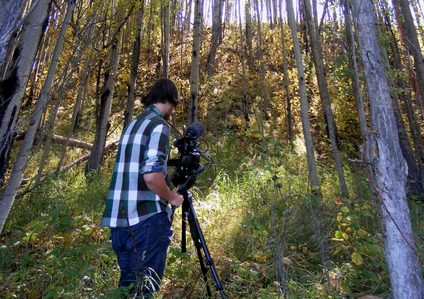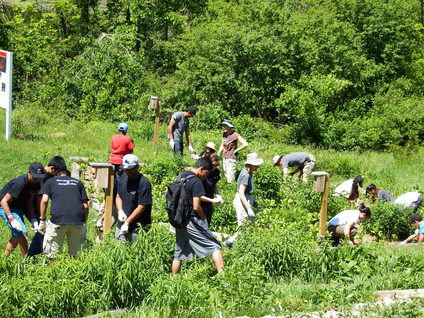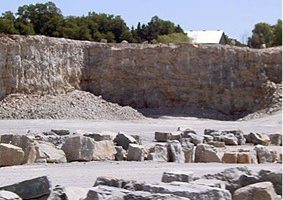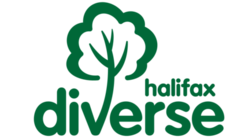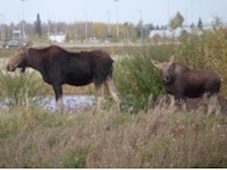Sand Dunes? In Edmonton!
Posted on June 20, 2016The Edmonton Group has traditionally focused on parkland creation and conservation. These are usually multi-year projects; our favorite, going on fifteen, is the Sand Dunes Natural Area (our name - bureaucratically known as NW384) in the far southwest of Edmonton.
We identified the feature in 2001, characterized its pro-glacial origins, and with the support of the Curator of Geology from our Provincial Museum, induced the City to purchase the lands the following year. The dunes lie on the easternmost extent of the 200 sq km glacio-lacustrine Devon Dune Field to the west of Edmonton.


